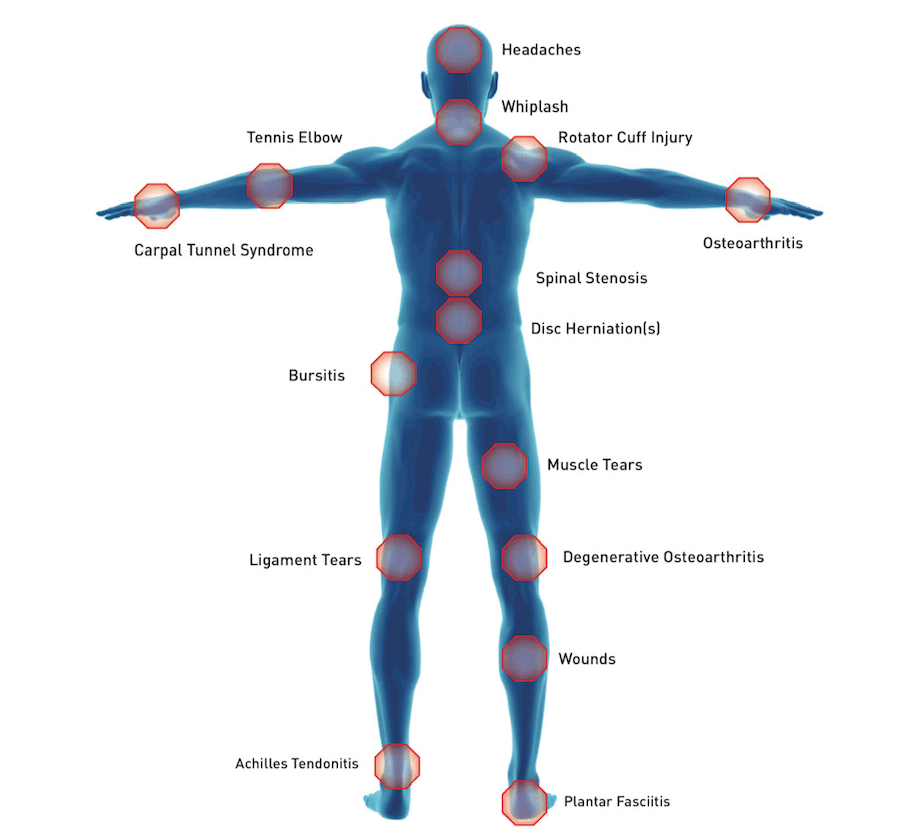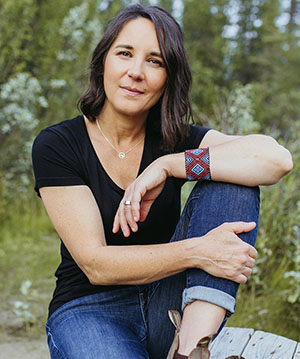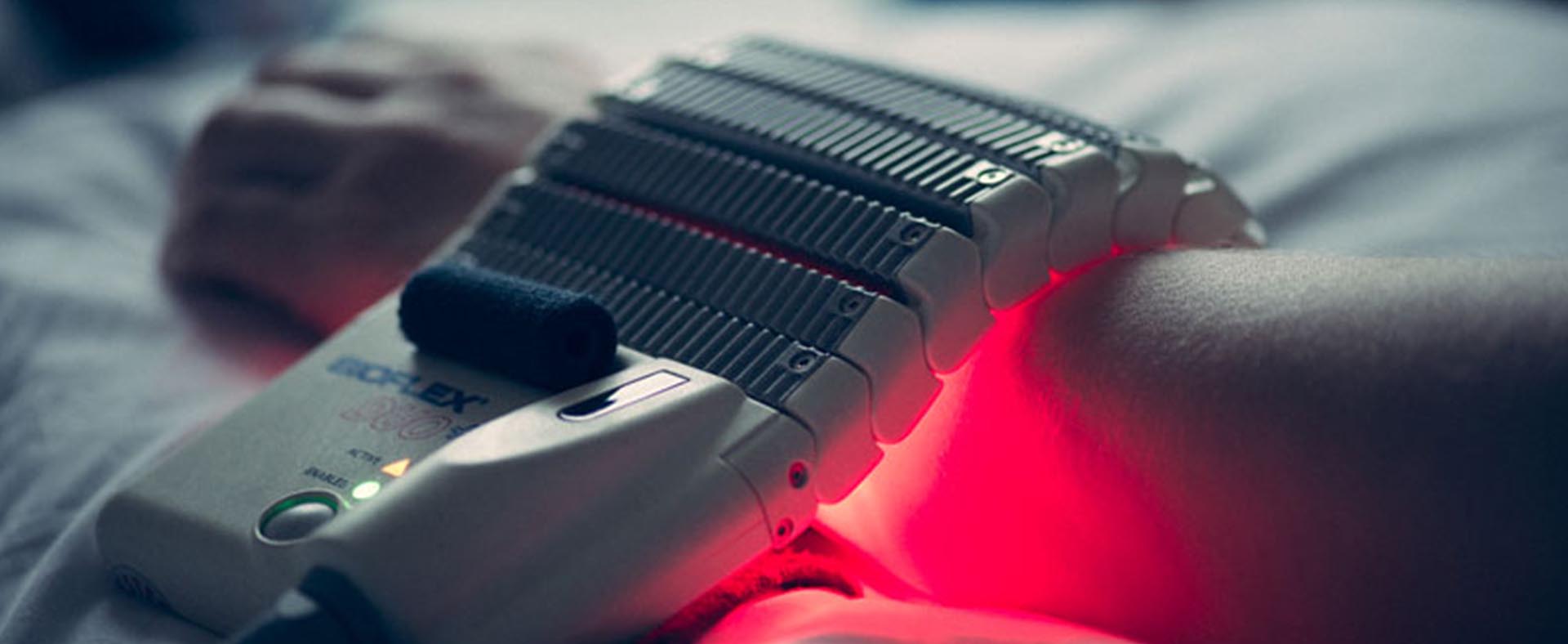BioFlex Low Intensity Laser Therapy
Laser Therapy is non-toxic, non-invasive, completely safe, pain-free, and in over one million individual treatments, no significant adverse effects have been noted.
It is highly effective in treating musculoskeletal conditions, arthritis, sports injuries, wound healing and a wide range of skin conditions.
Low-Intensity Laser Therapy, also known as Photobiomodulation, is a technology that utilizes superluminous diodes and laser to irradiate diseased or traumatized tissue with photons.
These energy particles are selectively absorbed by the cell membrane and intracellular molecules, resulting in the initiation of a cascade of complex physiological reactions, leading to the restoration of normal cell structure and function.
The process is curative and therefore results in the elimination of symptoms, including pain.
Laser Therapy can provide an alternative for patients who have not responded to conventional treatments and can help remove the need for pharmaceutical solutions and surgical interventions.

Low-Intensity Laser Therapy can be used to treat the following conditions:
Soft Tissue and Sports Injuries
- Ligament/tendon/muscle tears
- Knee Dysfunction (Meniscal/ligamentous)
- Fractures
- Contusion
Repetitive Stress Injuries
- Carpal Tunnel Syndrome
- Rotator Cuff Injuries
- Epicondylitis (Tennis and Golfer's Elbow)
Dermatological (Skin) Conditions
- Eczema
- Psoriasis
- Herpes (Post-herpetic Neuralgia)
- Shingles
- Dermatitis
- Acne
Inflammatory Conditions
- Tendonitis (Supraspinatus/Achilles etc.)
- Plantar Fasciitis
- Rheumatoid Arthritis
Back Problems
- Degenerative Osteoarthritis
- Spinal Stenosis/Sciatica
- Disc Herniation
- Myofascitis
Others
- Fibromyalgia
- Gout
- Lymphedema
- Diabetic Neuropathies
- Reflex Sympathetic Dystrophy
- Bells Palsy
- Adhesive Capsulitis (Frozen Shoulder)
Physiological & Clinical Effects of Laser Therapy include:
DNA Synthesis
• the protein building block essential to the process of cell regeneration.
Collagen Production
• increases tensile strength of muscles, tendons and ligaments.
ATP Increase (adenosine triphosphate)
• the fuel of the cell, required in facilitating cell metabolism.
Endorphin Increase
• morphine-like substance produced by the body to reduce the sensation of pain.
Modulation of cellular components involved in the healing process
• i.e. macrophages, fibroblasts, lymphocytes, etc.
Stimulation of:
- Immune Response
- Lymphatic Drainage (reduction in edema)
- Angiogenesis (formation of new capillaries and arterioles resulting in improved circulation/tissue oxygenation)
- Neovascularization
- Muscle Regeneration
- Decreases Inflammation & Edema
- Nerve Regeneration
- Cartilage Production
- Bone Formation
How long does a treatment take?
Treatments are typically thirty minutes to one hour in duration, depending on the condition being treated.
How many treatments are required?
The number of treatments will depend on the chronicity and the extent of the pathology involved. Based on the cells' genetic makeup, an individual’s response to LILT will vary to some degree. A recent clinical review, including 1,000 consecutively treated patients, reveals the average number of treatments to be 9.4.
However, one treatment can eliminate pain in cases when an injury was near the end of the healing stage.

Joanne Tosh, Massage and Laser Therapist

Laser Therapy is highly effective in treating musculoskeletal conditions, arthritis, sports injuries, wound healing and a wide range of skin conditions. Clinically proven to accelerate healing, eliminate pain and acts as an anti-inflammatory, having no adverse effects and is pain-free.
Book an Appointment
About Joanne
